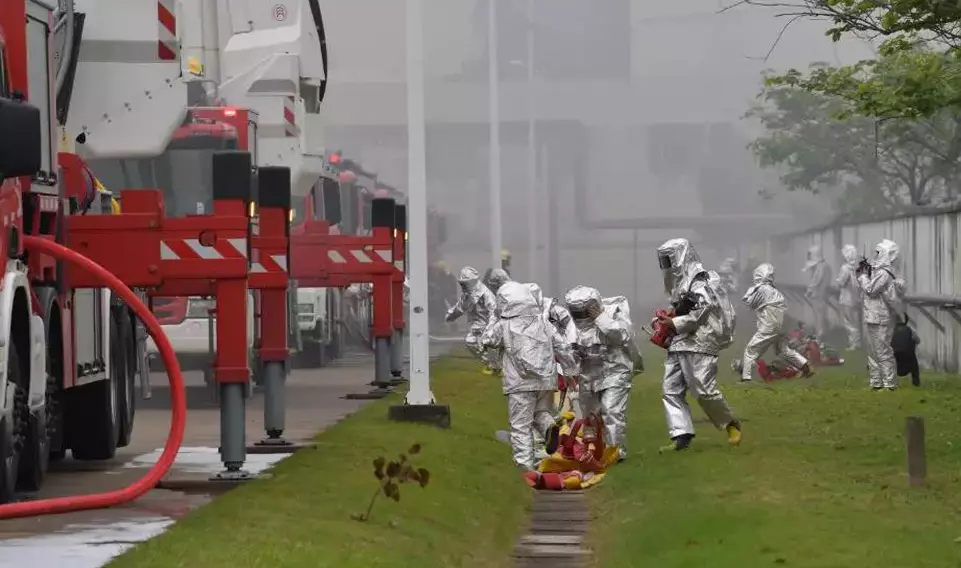
How Firefighters Can Protect Themselves During Fire Rescue
It is critical for firefighters to protect themselves during fire rescue, as it is a matter of their lives and the successful execution of the rescue mission. The following are some key protective measures:
I. Personal Protective EquipmentFirefighters should be equipped with high-quality personal protective equipment, including but not limited to fire-resistant clothing, breathing apparatus (e.g., oxygen breathing apparatus), protective gloves, helmets, protective eyewear, fire-avoidance or
aluminized clothing. This equipment reduces bodily harm from heat, smoke, toxic gases, explosives, etc. in a fire.
Regular inspection and maintenance of personal protective equipment to ensure that it is in good condition and can play a role in critical moments.
II. professional skills and safety trainingRegular firefighting skills and safety training, including fire escape, emergency care, handling of hazardous chemicals, emergency evacuation, etc., to improve the professional skills and safety awareness of firefighters.
Through practical exercises, various emergencies are simulated to enhance teamwork and the ability to respond to emergencies.
III. On-site Command and CommunicationEstablish an effective on-site command system to ensure that rescue operations are carried out in an orderly manner, avoiding confusion and duplication of operations and reducing unnecessary risks.
Use modern communication equipment, such as walkie-talkies, satellite phones, drones, etc., to maintain real-time communication between the rescue team and the command centre, and adjust the rescue strategy in time.
IV. Risk assessment and emergency evacuationBefore entering the fire scene, carry out on-site risk assessment, understand the building structure, location of fire sources, evacuation routes and other information, and formulate a safe rescue plan.
Formulate a detailed emergency evacuation plan, including safe evacuation routes and rendezvous points, etc., to ensure that firefighters are able to evacuate the fire scene quickly and safely under extreme risk situations.
V. Mental and Physical HealthProvide psychological counselling services to help firefighters cope with stress and psychological trauma at work and maintain mental health.
Health monitoring programmes are implemented and regular check-ups are conducted to ensure that firefighters are physically fit for high-intensity rescue duties.
VI. Protective Measures in Special EnvironmentsWhen operating in environments where there is a lack of oxygen, dense smoke or the presence of toxic gases, firefighters should wear oxygen breathing apparatus, specific levels of protective equipment and arrange echelons for cover.
When operating in a hot environment, firefighters should keep a safe distance from hot solid and liquid appliances and wear fire-resistant or heat-insulating clothing to avoid heat injury.
When operating in an environment where there is a risk of explosion, firefighters should keep a low profile, rely on terrain and features for shelter and protection, and pre-determine retreat routes.
In summary, the measures for firefighters to protect themselves in fire rescue are multifaceted, including personal protective equipment, professional skills and safety training, on-site command and communication, risk assessment and emergency evacuation, psychological and physiological health, and protective measures in special environments. Together, these measures constitute a system of safety and security for firefighters in fire rescue.












